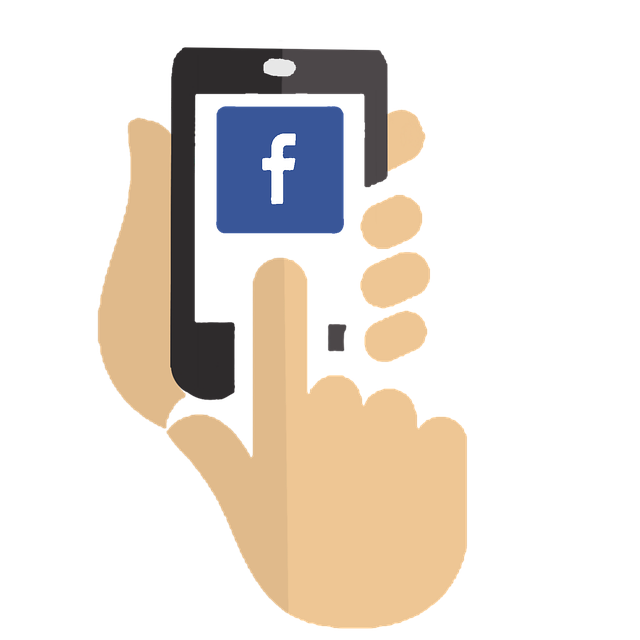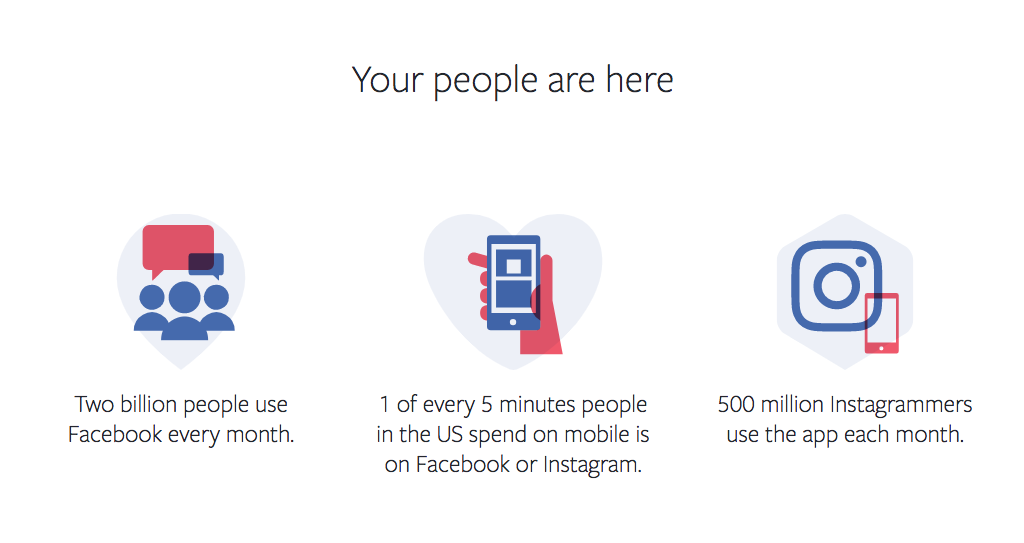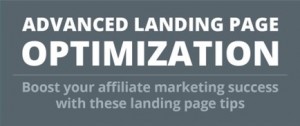— October 25, 2017

mohamed1982eg / Pixabay
Welcome to Facebook advertising, home of the lowest cost per 1,000 impressions in the history of the entire advertising world (AdEspresso, 2016).
The world really is your oyster when you’re advertising on Facebook. With each person building their own personal profile full of interests, it’s easy to find the audience your business is looking for. Think about it: every interaction, click, reaction, and thing users do on Facebook is contributing to building the world’s largest interest-targeting database for advertisers. With such a large and targetable audience, it makes sense that the Facebook advertising kingdom’s main export is leads.
Facebook Ads are likely the best platform for when your goals are to generate leads and increase brand awareness. In the world of local business, leads can generally be considered as a person engaging with your business, whether it be through a phone call, email or even an in-store visit.
With Facebook’s hyper-targeting ability, you can ensure that the ads you’re creating are being delivered to people who are the most likely to convert.
Case Study Example
Our example case study for Facebook Ads will focus on a local plumbing business.
The plan
Spend $ 350/month on Facebook for three months.
The strategy
After talking to the business manager, we find out that the easiest way for them to turn leads into sales is if customers call them, so we set up a campaign that drives calls from local customers on their smartphones using a Facebook Local Awareness Campaign with Phone Calls Marketing Objective.
The ad copy offers a tangible bait for viewers—a voucher for $ 20 off any service offered by the plumbing company. Scarcity is introduced by mentioning that only 30 vouchers are available. The copy is phrased casually, conversationally and honestly in the voice of the plumber who is trying something new to promote their local company.
The ad creative is a video featuring the plumber giving a quick greeting and introduction as well as mentioning the voucher.
The results
After the first month, we’ve been able to drive 100 phone calls to the business for $ 3.50 a piece by using a reasonable quality video featuring the friendly plumber, which matches the tone of a social network and promotes engagement and conversion. Conversion cost will be kept low by the fact that the ad is a video (Facebook prioritizes video and users prefer it as well), congruency between ad creative and copy + good engagement resulting in a high relevancy score, a compelling offer, and laser targeting of the plumbing company’s ideal customers in the area.
Calls are 100% trackable because they are coming directly from users on their smartphones, and it turns out that ten of the calls from Facebook turned into significant plumbing and furnace repair jobs, which averaged for $ 500. Total revenue for the plumbing company was $ 5,000, resulting from a $ 350 ad spend. That’s a 1,429% return on ad spend.
Not bad. So how can you achieve this kind of success for your business with Facebook Ads?
“Total revenue for the plumbing
company was $ 5,000, resulting from a
$ 350 ad spend. That’s a 1,429% return
on ad spend.”
Tips
Use The Facebook Tracking Pixel
Have you considered adding Facebook’s tracking pixel to your business website? This pixel will help you track visitors to the website and attribute those visitors to originating on Facebook. This is highly beneficial as it helps report return on investment (ROI) on social media ad spend.
Make Local Awareness Ads Your Best Friend
Facebook’s local awareness ads were launched in 2014, and allow advertisers to create ads that specifically drive phone calls and store visits, which are typically the two best lead types for local businesses.
Don’t let your business get bogged down with a hyper-focus on impressions, clicks, CTR, CPC, and all of the metrics that don’t matter to your actual business. The only thing that matters to a your business is calls, visits and SALES.

To Find Gold, You Need to Dig
Facebook advertising campaigns are rarely highly profitable, magic money vending machines right from the get-go like Google. It’s necessary to test, refine and test some more to hone in on the exact settings that work. Luckily, Facebook can dig into its gigantic database and offer you vast expanse of targeting choices. Combine that with the ability to run split tests, and you get the ability to determine your client’s perfect audience through the scientific method: hypothesis and experimentation.
Here’s an example of a series of ad sets you could create for a local business:
- Male / 18 – 30
- Male / 31 – 50
- Male / 51 – 65+
- Female / 18 – 30
- Female / 31 – 50
- Female / 51 – 65+
Monitor the ad sets until they have each collected 1,000 impressions. If they aren’t performing at that point, turn them off! 1,000 impressions is fairly cheap, so you don’t need to spend a fortune on finding your perfect audience.
This testing method can be used for a number of variables including:
- Gender
- Age
- Placement (mobile, newsfeed, right column, Instagram)
- Interests
- Locations (for example, you could test different neighborhoods)
- Retargeting vs. Cold traffic
- And anything else you can dream up! This is arguably the most fun and most powerful aspect of advertising on Facebook.
Depending on the amount of complexity you can endure, and time you can invest in campaign performance, it wouldn’t be unusual to have a campaign running with 12+ ad sets and 24+ ads.
Target Based on Real Facts, Not Just Algorithms (A.K.A The Jedi Targeting Trick)
Say you are working in your Facebook power editor creating a campaign for your local fitness gym. You’re considering your campaign targeting and you see “Weight Loss > Interests” pop up. Seems good, right? Maybe, but maybe we can do better. Where does this “interest” come from? How does Facebook know that someone is interested in weight loss? The truth is, they don’t. They’re guessing with an algorithm based on the user’s behavior. So how can Facebook really know that someone is interested in weight loss? Well, maybe if the user has actually liked the Facebook page for Bob Harper, Slim Fast or Beach Body Workout. Those are strong, and more importantly factual, indications that the user is interested in weight loss.
Multi-Factorial Laser Targeting
Keep the thought train chugging with the example above. We’ve already targeted people interested in fat loss by their relevant interests (Bob Harper, Slim Fast or Beach Body Workout), but we want to make sure that we’re targeting people interested in weight loss and actually going to the gym. This is why us normal humans call this tactic “and” targeting.
Using “and” targeting requires that a user be interested in at least one thing from our first set of interests, and one thing from our second set of interests. Sticking to the real data over algorithm theory, we could set gym competitors like Anytime Fitness, Gold’s Gym, and 9round Fitness as our second interest-set.
So, to break it down, we would target people with at least one item from the first interest set:
- Bob Harper
- Slim Fast
- Beach Body Workout
And at least one item from a second interest set:
- Anytime Fitness
- Gold’s Gym
- 9round Fitness
Using this simple next-level targeting ensures that your ads will only be served to people who have a proven interest in what you’re selling. Boom.
When Possible, Drive Traffic to a Purpose Built Landing Page
If you were fishing, would you put the fish that you caught into a bucket without a bottom, letting them escape immediately? Of course not. So why handle your leads that way?
If you’re generating leads, make sure that you’re converting them too. A high-converting landing page is the right tool for this task. Though landing page design is a topic in and of itself, here are a few key points:
- The design of the landing page should echo the ad. They need to be congruent for the user to feel comfortable
- The next step for the user should be clear. Make your call-to-action simple and prominent, with nothing on the page that would distract the user from following the CTA.
- Just like in the ad, there needs to be a compelling reason for the user to click the CTA. This could be a one-time deal, discount or emotional statement in the copy.
- Use copy and page elements to create a sense of urgency and scarcity. Example: “Only 20 vouchers left!”, or a timer counting down the time left before the deal expires.
Digital & Social Articles on Business 2 Community
(80)
Report Post







